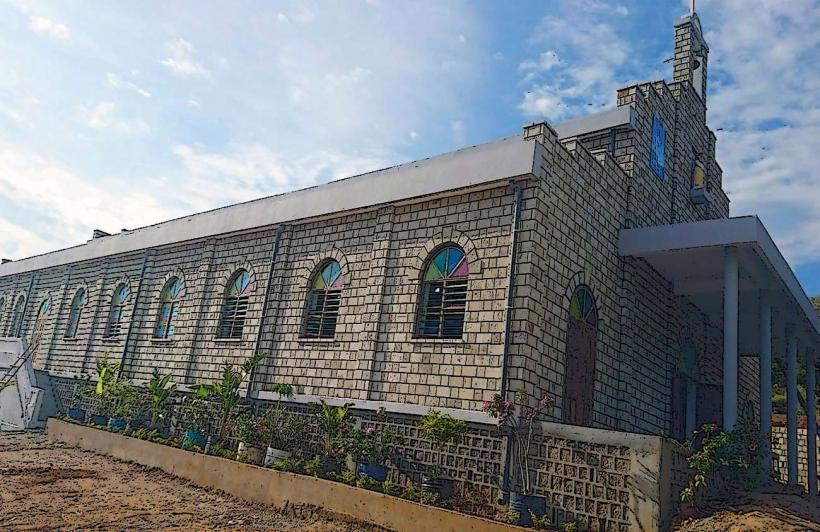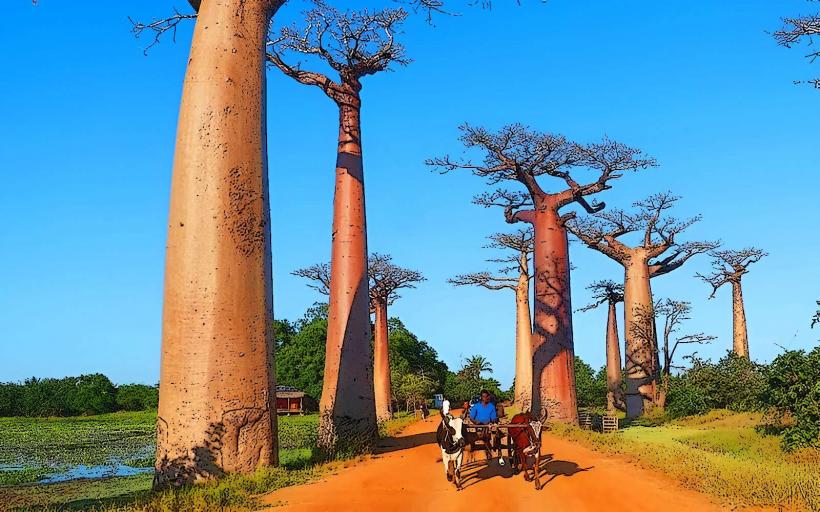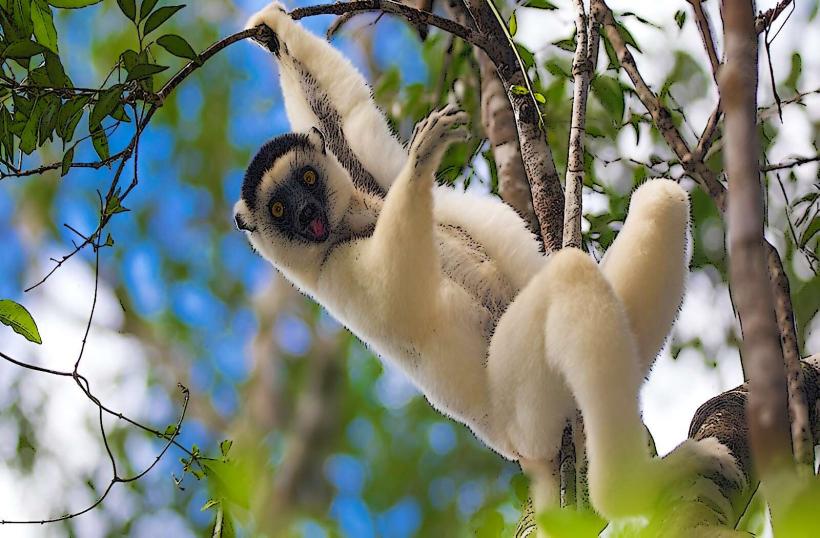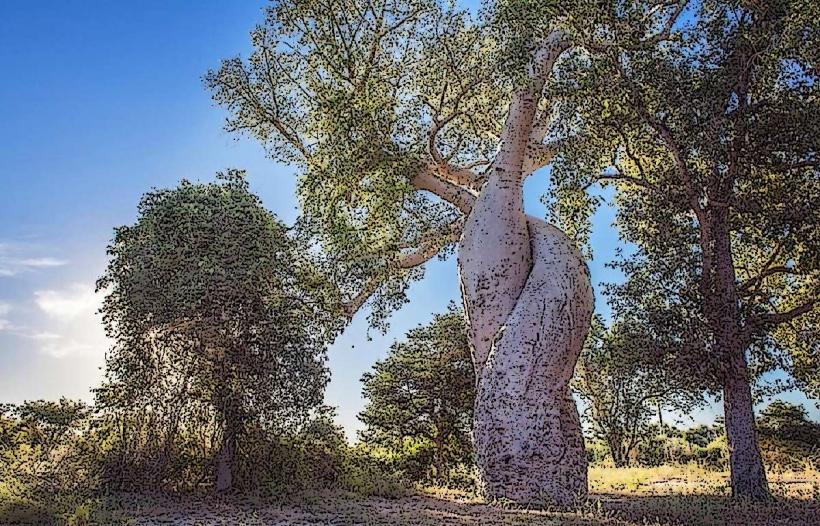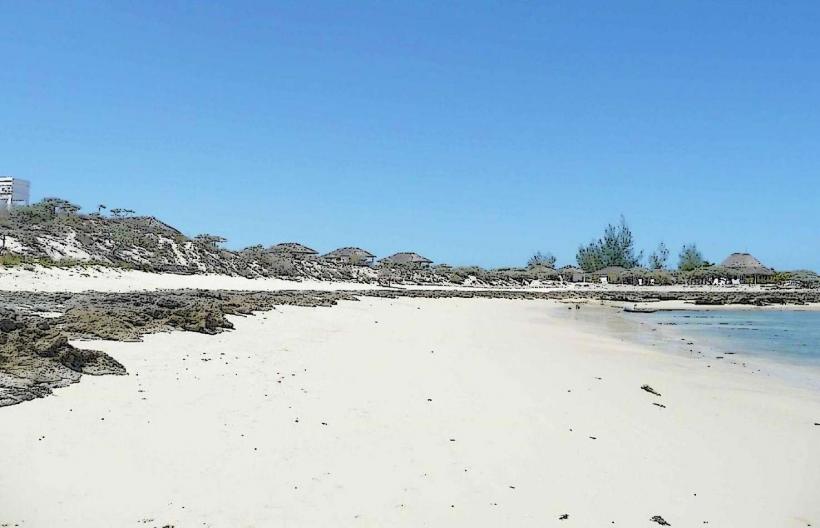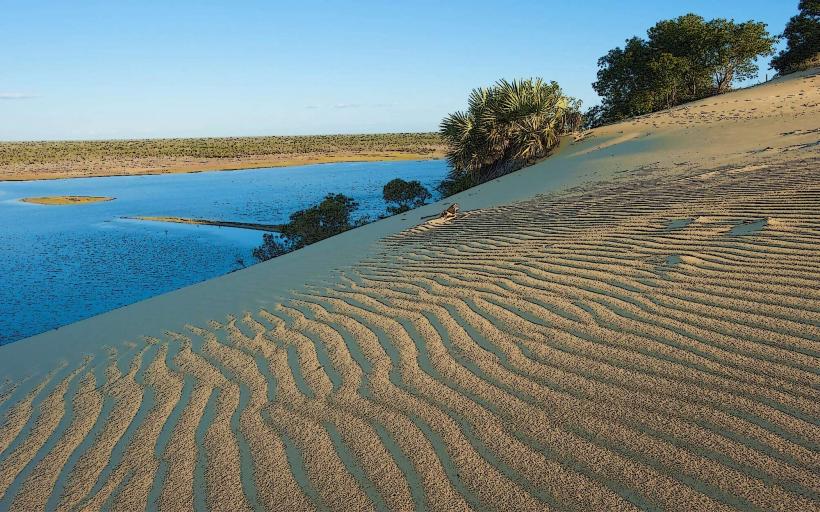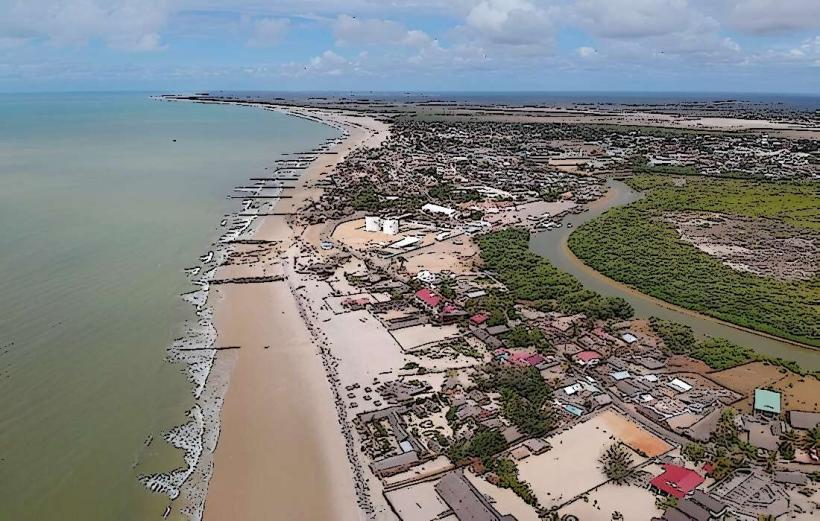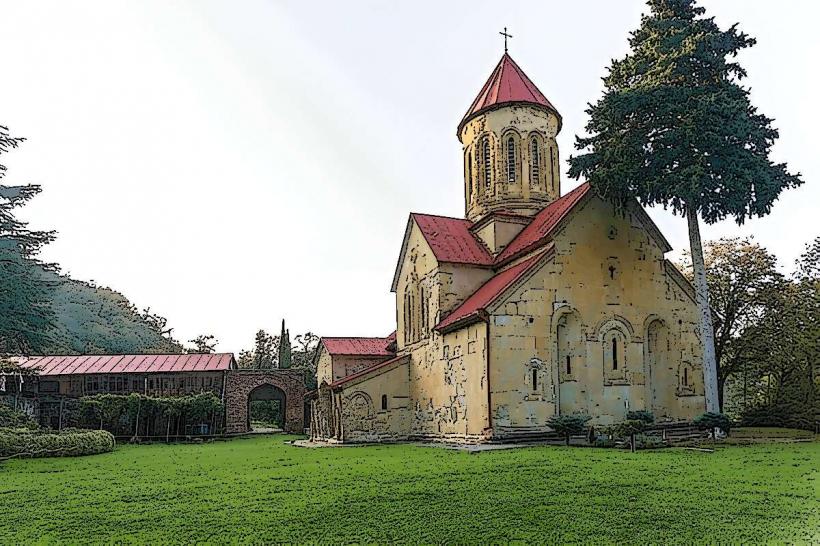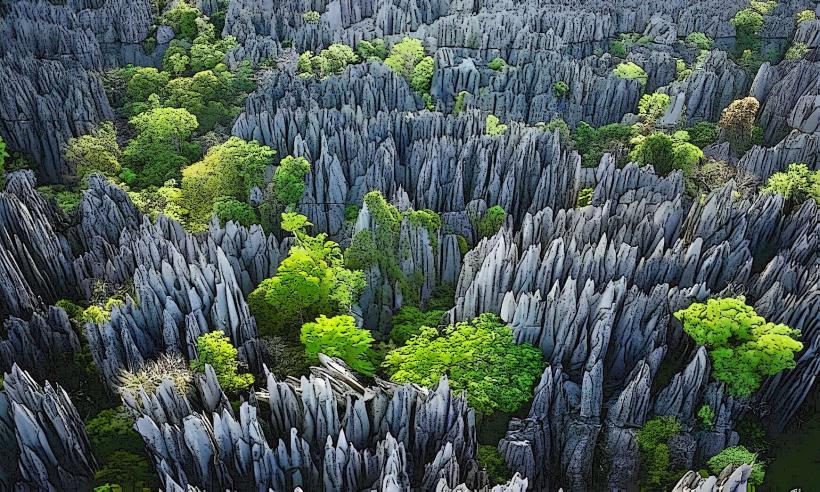Information
Landmark: Tsingy de Bemaraha National ParkCity: Morondava
Country: Madagascar
Continent: Africa
Tsingy de Bemaraha National Park is a UNESCO World Heritage Site located in western Madagascar, renowned for its dramatic limestone formations known as the Tsingy. The park covers approximately 1,575 square kilometers (608 square miles) and is one of the most unique natural landscapes in the world. The Tsingy de Bemaraha National Park is a popular destination for ecotourism, offering exceptional biodiversity, striking scenery, and unique geological features. Here's an in-depth look at the park:
1. Geography and Location
The park is located in the Menabe Region of western Madagascar, near the towns of Morondava and Bekopaka, the latter being the main gateway to the park. It is about 200 kilometers (124 miles) north of Morondava, and reaching the park typically involves a combination of road travel (often on rough dirt roads) and river crossings, making it an adventure for travelers.
The park is divided into two sections: Tsingy de Bemaraha Strict Nature Reserve (the northern part) and the Tsingy de Bemaraha National Park (the southern part).
The landscape is marked by limestone karst formations known as the "Tsingy," a Malagasy word meaning "where one cannot walk barefoot," due to the sharp, needle-like spires of rock that dominate the area.
2. Geological Features
The most iconic feature of Tsingy de Bemaraha National Park is its Tsingy formations. These formations are limestone pinnacles that have been shaped by millions of years of erosion from rainwater and wind. Over time, the rock has eroded into a series of jagged peaks, deep fissures, and narrow canyons, creating a stunning and surreal landscape. Some of the Tsingy formations reach heights of 30-50 meters (98-164 feet).
The karst landscape of the park is the result of sedimentary rock deposits formed millions of years ago, followed by erosion that gradually sculpted the formations into their current sharp, needle-like structures.
Gorges, caves, and underground rivers are also prominent features in the park, which is home to a series of complex systems that support a diverse range of species.
3. Biodiversity and Wildlife
Tsingy de Bemaraha is recognized for its exceptional biodiversity, many species of which are endemic to Madagascar. The park's unique ecosystems, ranging from dry forests to limestone caves, provide a habitat for a wide variety of flora and fauna. Some of the key species found in the park include:
Lemurs: Several species of lemurs call the park home, including the Decken's sifaka (Propithecus deckenii), the red-fronted brown lemur (Eulemur rufifrons), and the gray bamboo lemur (Hapalemur griseus). These species are adapted to the unique environments of the Tsingy, with some lemurs living in the high canyons or caves.
Birds: The park is home to a variety of endemic bird species, such as the Madagascar kestrel (Falco newtoni) and the Madagascar harrier-hawk (Polyboroides radiatus), as well as many other raptors and forest species.
Reptiles and Amphibians: Tsingy de Bemaraha is home to a variety of reptiles, such as chameleons and geckos, as well as frogs and snakes. The park's caves and rocky crevices provide unique habitats for these species.
Flora: The park's flora includes a wide variety of plant species, such as baobabs, orchids, palm trees, and various species of succulent plants. These plants have adapted to the harsh conditions of the limestone karst, where water is scarce and the environment is arid.
4. Climate and Best Time to Visit
The climate of Tsingy de Bemaraha National Park is tropical with distinct wet and dry seasons. The wet season lasts from November to March, and during this time, the park experiences heavy rainfall, which can make access difficult due to muddy roads. The dry season, from April to October, is the best time to visit, as the weather is more predictable and the trails are more accessible.
- Temperatures typically range from 25-30°C (77-86°F) during the day, cooling down at night.
- The dry season offers clear skies, making it ideal for outdoor activities such as hiking and photography.
5. Activities and Attractions
The park offers several activities for visitors, from guided hikes to exploring the Tsingy formations and their surrounding ecosystems:
Hiking and Trekking: The park has a network of trails, some of which take visitors through the Tsingy formations. Hikes vary in difficulty, from short walks to more challenging climbs that require some physical exertion. The park’s rugged terrain means that visitors need to be prepared for rock scrambling, narrow ledges, and steep ascents.
Cave Exploration: There are several caves in the park, including the Grotte de la Vache and Grotte de la Baleine, where visitors can explore underground passages, witness unique rock formations, and possibly encounter bats and other cave-dwelling species.
Climbing the Tsingy: Some parts of the Tsingy formations are accessible by rock climbing, either with or without the assistance of climbing gear. Visitors can enjoy the view from the top, which offers an impressive panoramic vista of the surrounding landscape.
Wildlife Watching: Observing the park’s lemurs, birds, and reptiles is a key activity, particularly for nature enthusiasts and photographers. Early morning and late afternoon are the best times for wildlife sightings.
River Activities: Some visitors opt for canoe rides along the Manambolo River, which runs through the park and provides access to the Tsingy. The river offers a different perspective on the landscape and is ideal for birdwatching and photography.
6. Accommodation and Access
Access: Reaching Tsingy de Bemaraha can be challenging due to the remote location and difficult roads. Travelers typically fly into Morondava and then take a combination of 4x4 vehicles and boat rides to reach the park. The roads to the park are often rough, especially during the rainy season.
Accommodation: There are basic lodges and camping sites near Bekopaka, the town closest to the park, where visitors can stay during their visit. Accommodations range from modest guesthouses to eco-lodges, offering a comfortable base for exploring the park.
Guides: Due to the park’s challenging terrain and the need to understand the local ecosystems, hiring a local guide is strongly recommended. Guides provide valuable insights into the park’s biodiversity, help with navigation, and ensure the safety of visitors.
7. Conservation and Threats
Tsingy de Bemaraha is a vital site for conservation due to its unique biodiversity and geological significance. However, it faces several environmental challenges, including:
- Deforestation: Illegal logging and slash-and-burn agriculture in surrounding areas can threaten the park’s ecosystem.
- Climate Change: Changes in rainfall patterns could impact the dry forest and the Tsingy landscape, altering the habitat for many species.
Efforts are underway to protect the park through conservation programs and sustainable tourism, and the UNESCO designation helps bring attention to the need for preservation.
Conclusion
Tsingy de Bemaraha National Park is one of Madagascar's most extraordinary natural wonders, offering a mix of stunning geological formations, diverse ecosystems, and endemic wildlife. Its unique Tsingy limestone formations, combined with the rich biodiversity and exciting activities, make it a must-visit destination for adventurous travelers and nature enthusiasts. Whether you're hiking through jagged peaks, exploring caves, or witnessing rare lemurs, the park provides a truly unforgettable experience.

